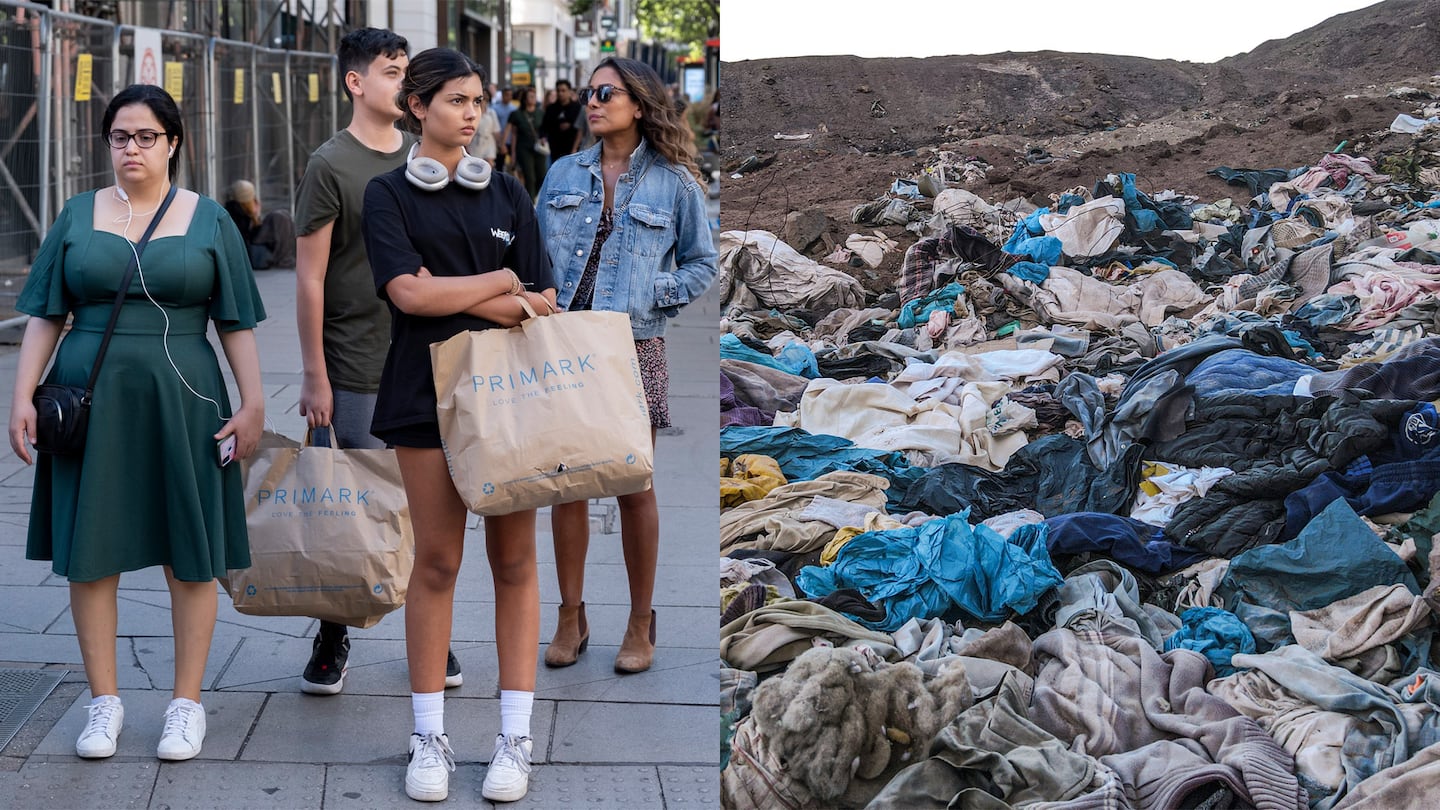
The Business of Fashion
Agenda-setting intelligence, analysis and advice for the global fashion community.

Agenda-setting intelligence, analysis and advice for the global fashion community.

One rabbit is cute. 200 million rabbits, decimating farmlands and threatening hundreds of plants and animals, is not. This is what has happened in Australia since a handful of rabbits were introduced to the country in the late 1800s. The lesson: Too much of a good thing leads to bad outcomes.
Fashion has a similar issue with excess: one organic T-shirt is nice, but millions are made unnecessarily, only to end up in landfills? Not so much.
One easy-to-fix reason why such overproduction continues is that it’s not properly accounted for in Life Cycle Assessments — a widely used, but poorly defined method for measuring products’ environmental impact. An LCA might track an item’s environmental footprint from farm to sale (cradle to gate), farm to end-of-life (cradle to grave), or even from farm to the beginning of a product’s second life as a recycled raw material (cradle to cradle). But even cradle-to-cradle assessments don’t capture the excess inventory that gets shipped daily to second-hand markets in countries like Chile and Ghana only to end up in landfills or simply gets lit on fire. It only examines each unit individually. In other words, these tools focus narrowly on each “rabbit,” ignoring the systemic problem.
Accounting for this overproduction could change the picture quite dramatically. How many times has a consumer picked up a product at the store and thought, “Not the right cut”, or “This doesn’t fit right”, or “Not sure this is my colour.” It’s nonstop. And despite increased awareness of overproduction, we cannot seem to stop the machine, with production doubling to more than 100 billion garments a year between 2000 and 2014.
ADVERTISEMENT
Indeed, not only does overproduction get ignored by LCA tools, but it is sometimes incorporated into assessments in a way that reduces a product’s reported impact. For example, the carbon emissions associated with shipping a product are calculated by dividing freight emissions by the number of items in the shipment. Higher unit quantities (the denominator here) generally equals lower impact, and therefore overproduction can be incentivised within these frameworks.
Changing this false paradigm is eminently doable simply by tweaking the assessment methodology to factor in excess production. For instance, if a brand knows its sell-through rate for T-shirts is typically just 50 percent (meaning for every two products made, only one is ever sold), then that should double the value calculated by any impact assessment. Designers and other decision-makers should then have that information at their fingertips to truly encourage choices that improve brands’ environmental footprint.
Brands already factor sell-through estimates into their P&L projections every year. Modelling them into impact assessments should be no major leap — except brands don’t share this information. Many are hesitant to do so, assuming this is a bad business move. The European Fashion Alliance, a group representing fashion organisations, is even lobbying against upcoming legislation that would require public disclosures of unsold inventory numbers.
The reason why brands won’t share their excess production (because it is so bad) is precisely why the planet needs them to. It is likely brands will continue to miss sustainability goals they have set out to hit if they do not admit they need the help. And in reality, the risk is limited. From a marketing perspective, consumers who don’t care, don’t care what the numbers are. And consumers who do care will admire the bravery it takes to share this information; those consumers know this contributes to the solution. Forward-thinking brands like Patagonia, Ganni, and Reformation have, over the past few decades, explicitly said their practices need work along with everyone else’s, and they have been rightly applauded by consumers and industry professionals alike for acknowledging the problem.
While LCA is how we measure impact in fashion, it is missing arguably the most egregious issue in the industry: overproduction. We must talk about the problem in sustainability discussions, disclose excess inventory numbers, and include inventory waste impact in LCAs. Fighting overproduction may not seem to align with business growth, but ensuring the resources that we rely on are healthy is what we need to guarantee business survival.
Just like a rabbit, one piece of clothing may be cute. But a planet overrun with cute things is still infested.
Beth Esponnette is co-founder, creative director and chair of Unspun.
The views expressed in Op-Ed pieces are those of the author and do not necessarily reflect the views of The Business of Fashion.
How to submit an Op-Ed: The Business of Fashion accepts opinion articles on a wide range of topics. The suggested length is 700-1000 words, but submissions of any length within reason will be considered. All submissions must be original and exclusive to BoF. Submissions may be sent to opinion@businessoffashion.com. Please include ‘Op-Ed’ in the subject line and be sure to substantiate all assertions. Given the volume of submissions we receive, we regret that we are unable to respond in the event that an article is not selected for publication.
For much of the last decade, advocates for sustainable businesses have argued that reporting on ESG measures would lead to a sustainable future. It hasn’t happened, writes Kenneth Pucker.
Europe’s Parliament has signed off rules that will make brands more accountable for what happens in their supply chains, ban products made with forced labour and set new environmental standards for the design and disposal of products.
Fashion’s biggest sustainable cotton certifier said it found no evidence of non-compliance at farms covered by its standard, but acknowledged weaknesses in its monitoring approach.
As they move to protect their intellectual property, big brands are coming into conflict with a growing class of up-and-coming designers working with refashioned designer gear.
The industry needs to ditch its reliance on fossil-fuel-based materials like polyester in order to meet climate targets, according to a new report from Textile Exchange.